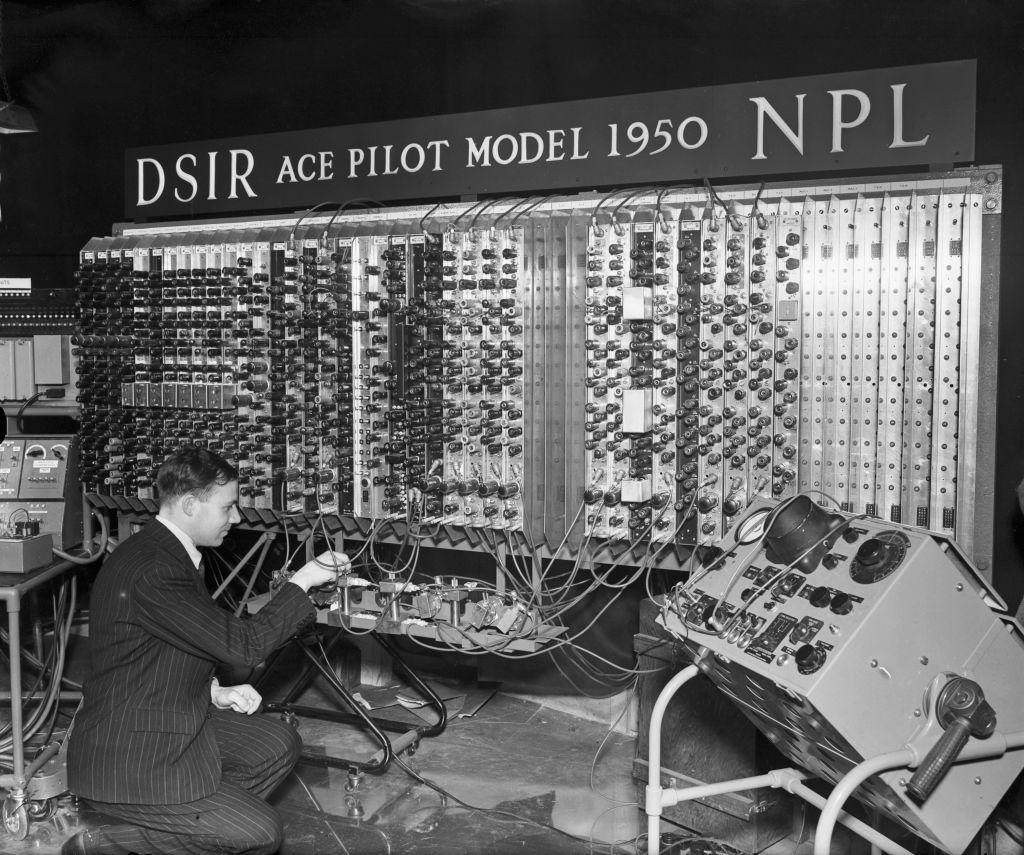
The Memory Crisis of Web3 — An Innovative Solution Emerges
Exploring the urgent need for an efficient memory layer in decentralized systems like Web3, and how a novel approach with Random Linear Network Coding could pave the way.
Web3 faces a significant challenge concerning memory architecture. Unlike traditional systems, it lacks a dedicated memory layer crucial for efficient operations.
Blockchains may seem similar to classic computers, but they miss a key feature: a memory layer needed for decentralized frameworks. In contrast to what’s seen in typical computing models, this absence leads to slower transaction times and higher costs.
Muriel Médard, co-founder of Optimum, emphasizes the necessity for functional memory that excels in efficiency and scalability for Web3.
The Central Issue
Every modern computer operates with input/output, a CPU, and memory for data handling. Following WWII, John von Neumann’s framework became the standard, but Web3’s current configuration lacks a reliable memory layer, affecting performance.
Introducing a New Memory Structure
Médard pivoted from her academic role at MIT to focus on creating high-performance decentralized memory. The aim is to redefine computing standards in the decentralized realm using Random Linear Network Coding (RLNC).
Challenges and Solutions
Existing strategies to address memory issues in Web3 have been limited. RLNC, however, could drastically improve data handling efficiency, lower transaction delays, and support substantial growth without sacrificing decentralization.
Ultimately, a cohesive memory infrastructure is critical for a decentralized world computer. Without a robust solution, Web3 will continue facing major constraints that hinder its true potential.


